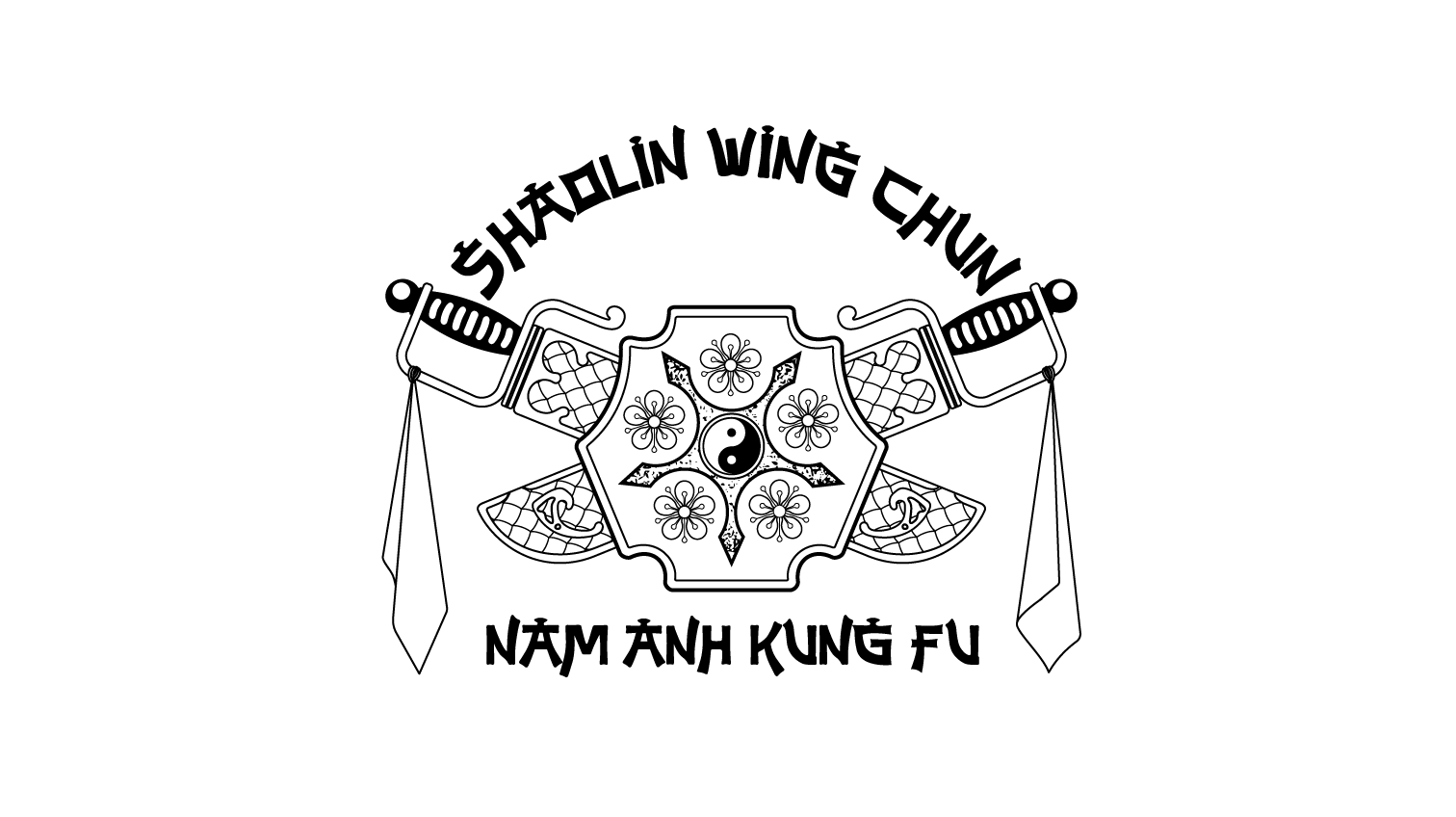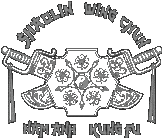Fall 1984, after my appointment at the helm of the Orthodox Wing Chun school and after the departure of Grand Master Nguyen Minh to Hong Kong, being still impressed by the prowess and accomplishments of past practitioners, I dove into a personal quest to find the ultimate invincible combat techniques.
One morning I decided to reach out to my Tai Chi master to find a solution. The old master asked why I was visiting him, and after a few formalities, I answered:
“Master. I would like to understand the essence of life and death behind ultimate combat. Thus, if it pleases you, I pray that you will show me the way, if my desire is legitimate, and that you will enlighten me on the path of the warrior if possible!”
With a cold and neutral voice as usual, he looked at me severely:
“The masters who can teach you these techniques are everywhere! Go look for them, you will find them!”
Lightly closing the small wooden palisade that separated his house from the alley, he turned and left. I then felt a great deception; met with refusal I had no choice but to withdraw.
Time passed like the shadow of a horse out of the corner of my eyes. One year later I stood again in front of the wooden palisade of my masters’ house. Hesitant and confused, I confided in him:
“Master, I have searched and searched again throughout Saigon-Cholon, I inquired by any means. I asked children and old men, but the answer was always the same. Master! There aren’t any expert-masters in ultimate combat.”
The grand master looked at me profoundly, as if trying to gauge my sincerity, then, with a mystical smile he said:
“These masters no longer exist in this society, come!”
I followed him down a small flight of stairs, our path through the darkness cut by a small oil lamp. Humidity and moisture hung strongly in the air, the smell making breathing hard. I felt invaded by the sentiment of the violator of the 4th dimension scrambling in a dark cave in search for the past. However, what I saw on these walls piqued my interest. Great sketches of human forms in different positions and posture, heavy with Chinese characters populated the walls of this small basement room. With only the small light we carried with us, he explained how to channel the energy of the meridians that feeds our muscles, concentrating a maximum amount of strength before the release of a kick following the principle that “only speed cannot be intercepted”.
The Grand Master Kwan Say Minh (1) for the first time revealed another identity; not only was he the patriarch of the Wu style of Tai Chi Chuan, but he was also one of the heirs of the famous “Dam” family (known for their set of 12 invincible kicks) that reigned in the north of China since the 18th century. Distant memories came rushing back; a 7 year old child, jumping to climb stairs behind the sport center each morning while the old master was teaching us.
Everything abruptly fell into place in my mind; the reason for this sudden confidence and the perseverance of his son Kwan Say Yang at the time. However, there would always be the mystery of the contradiction of my old master; yes and no, from existence to nonexistence concerning my quest for knowledge the year before. These words haunted me day and night for long years until I finally grasped the significance of Yin-Yang.
Grand Master Nam Anh, 2015-05-20
(1) Master Kwan Say Minh saw great renown after a mind-blowing demonstration in 1959. Before 2000 spectators in the city of Ching Moo Hui for a fundraising event to help the victims of flooding in Vietnam, he used a hammer to hit his bald cranium. With each hit, his skull resonated like a gong when he approached the microphone. Each hit was a strain on the crowds nerves. The entire room, indignant and scared, rose to the occasion and ended the fundraiser early by giving enough money to stop the Master.
P.S.: I considered this small story a Kouan in order to give you another point of view, necessary and essential in the search for your identity. I leave you another anecdote from the world without doors, from which I found the means of devising sense of the ambivalent answer my Master had given me:
“A monk asks his Master:
‘Venerable Master, does a dog have an “Original Self”?’
The Master answers:
‘No!’
This answer rippled like a shockwave through the disciples because according to the teachings of Buddha, every living being whether Man or animal has an Original Self.
To be sure of the correct answer, another monk presented himself before the Master with the same question.
‘Venerable Master, does the dog not have an “Original Self”?’
To his stupefaction, the master answered:
‘Yes! … ‘”
This Kouan remained without explanation for a long time, but upon reading it, I felt a light appear in the darkness. The yes and no of the Venerable Monk shattered in pieces, provoking a chain reaction and finally, I understood.

